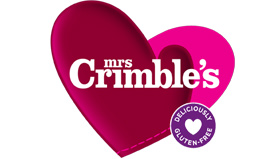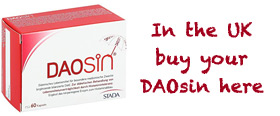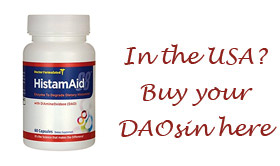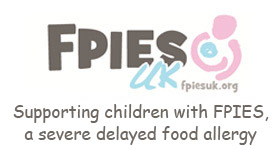|
|
Nickel allergy |
|
Sarah Merson explores. |
Ninety per cent of us don’t think twice when we pull on our jeans, put on a pair of earrings, cut some vegetables with a metal-handled knife or even pick up a mobile phone. Yet, according to government statistics, at least 10% of the female population and at least 1% of the male population suffer from nickel allergy. In the 50s and 60s, nickel allergy was most commonly caused by metal buckles found on suspender belts to hold up nylon stockings. Then later on, a change in fashion triggered a new reaction in epidemic-like proportions – piercing. From ears to eyebrows and lips to belly buttons, when piercing first became fashionable, most of the jewellery used was cheap and made with nickel alloys, thus causing widespread reactions. Today it’s not only the
fashion conscious that are
affected as domestic or work-related items can also cause problems, especially those that are used frequently or for a
long period of time. Dress-makers for example may be
susceptible to symptoms through the use of pins and
needles whilst hairdressers
may be affected by metal hair styling combs, tongs, metal-handled brushes or even dryers. Those in the catering industry may also suffer symptoms through using metal-handled knives and utensils, or even wire wool scouring pads, which can also contain nickel. If you’ve got a collection of jewellery at home you can also use a DIY testing kit to see how much nickel it contains. Dr
Kirton recommends the simple Chemotechnique Nickel Spot Test. You put a few drops of the solution onto a cotton bud, rub the metal surface of the suspect item and if the cotton bud turns pink, free nickel is present. Nickel in the USA ‘There are many foods that contain nickel and by avoiding them you can decrease the allergen load on your body and seriously reduce the severity of symptoms’, says naturopath Michael Van Straten. The danger foods include some food and drink, which contain very small amounts of nickel and are best avoided or taken in very small amounts whilst experiencing an acute attack of dermatitis. They are mackerel, tuna, raw tomato, onion and carrot, apple, citrus fruit and juice. ‘Try limiting or avoiding these foods for at least two months and you may find that your attacks get less frequent and much less severe. Then re-introduce the foods one at a time eating just a little and allowing 48 hours before you add another. Keep a careful note of what happens and you will soon be able to pick out any that obviously aggravate your condition’, says Van Straten. Further information from: |












